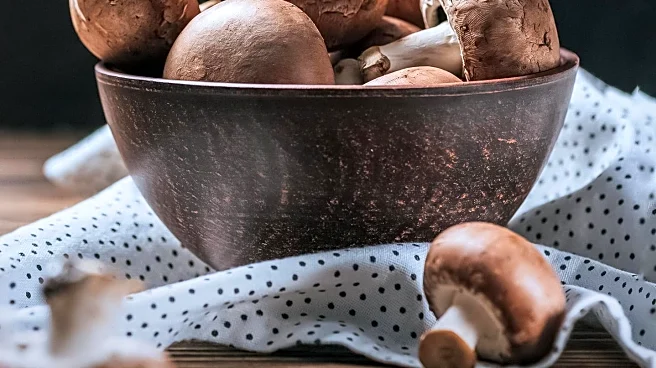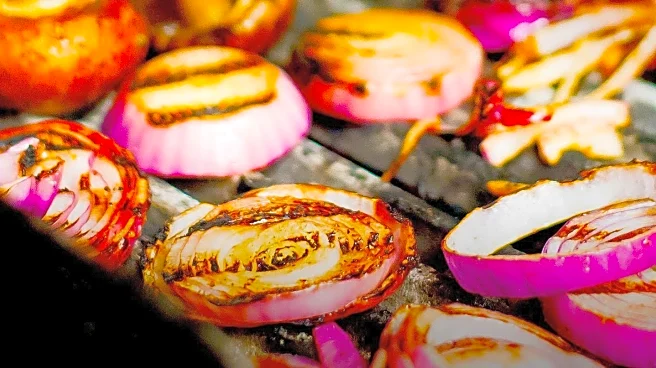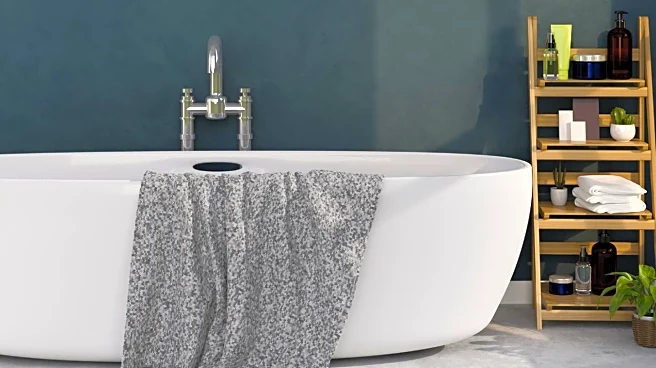What's Happening?
CNET has shared a straightforward method for achieving the perfect steak doneness without the need for gadgets. The technique involves using the resistance of the fleshy base of the thumb as a comparison for steak texture. By touching the thumb to different fingers, cooks can gauge the doneness of steak, from rare to well-done. This method is particularly useful for home cooks who want to achieve restaurant-quality results without cutting into the steak prematurely. The article emphasizes the importance of understanding the transformation of steak as it cooks and offers tips for searing and using indirect heat.
Why It's Important?
Achieving the perfect steak doneness is crucial for culinary enthusiasts and professionals alike, as it affects the texture and flavor of the meat. This technique provides a cost-effective and accessible way for home cooks to improve their grilling skills, enhancing the quality of meals and dining experiences. Understanding steak doneness also helps prevent overcooking, which can lead to a tougher texture and loss of moisture. The method supports the growing trend of home cooking and grilling, offering practical advice for those looking to refine their culinary techniques.
What's Next?
As cookout season continues, home cooks may experiment with this technique to perfect their grilling skills. The method could inspire further exploration of culinary techniques that do not rely on gadgets, promoting a more intuitive approach to cooking. Professional chefs might incorporate this technique into training programs for aspiring cooks, emphasizing the importance of texture and doneness in meat preparation. The popularity of home cooking and grilling may lead to increased demand for educational content and resources that support skill development.
Beyond the Headlines
The focus on steak doneness highlights broader culinary trends, such as the emphasis on quality and precision in cooking. It reflects a cultural appreciation for food and the desire to replicate restaurant experiences at home. The technique also underscores the importance of sensory skills in cooking, encouraging cooks to rely on touch and intuition. As culinary education evolves, there may be a shift towards teaching methods that prioritize hands-on experience and sensory awareness.











